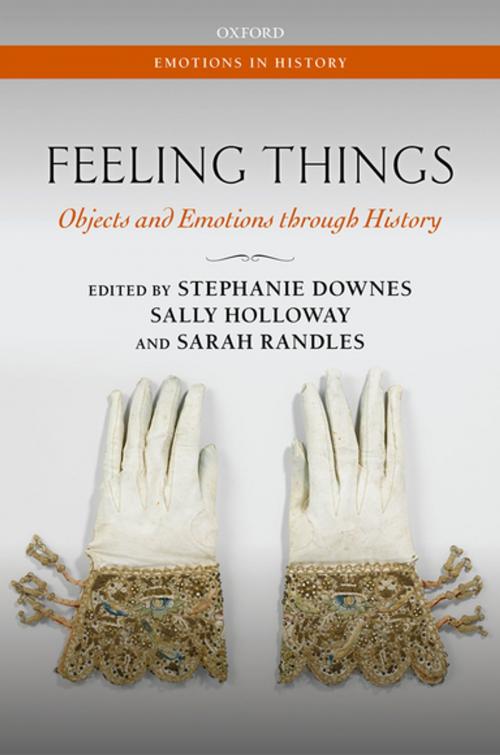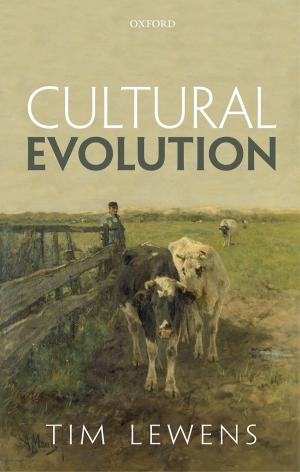| Author: | ISBN: | 9780192523662 | |
| Publisher: | OUP Oxford | Publication: | January 13, 2018 |
| Imprint: | OUP Oxford | Language: | English |
| Author: | |
| ISBN: | 9780192523662 |
| Publisher: | OUP Oxford |
| Publication: | January 13, 2018 |
| Imprint: | OUP Oxford |
| Language: | English |
This interdisciplinary essay collection investigates the various interactions of people, feelings, and things throughout premodern Europe. It focuses on the period before mass production, when limited literacy often prioritised material methods of communication. The subject of materiality has been of increasing significance in recent historical inquiry, alongside growing emphasis on the relationships between objects, emotions, and affect in archaeological and sociological research. The historical intersections between materiality and emotions, however, have remained under-theorised, particularly with respect to artefacts that have continuing resonance over extended periods of time or across cultural and geographical space. Feeling Things addresses the need to develop an appropriate cross-disciplinary theoretical framework for the analysis of objects and emotions in European history, with special attention to the need to track the shifting emotional valencies of objects from the past to the present, and from one place and cultural context to another. The collection draws together an international group of historians, art historians, curators, and literary scholars working on a variety of cultural, literary, visual, and material sources. Objects considered include books, letters, prosthetics, religious relics, shoes, stone, and textiles. Many of these have been preserved in international galleries, museums, and archives, while others have remained in their original locations, even as their contexts have changed over time. The chapters consider the ways in which emotions such as despair, fear, grief, hope, love, and wonder become inscribed in and ascribed to these items, producing 'emotional objects' of significance and agency. Such objects can be harnessed to create, affirm, or express individual relationships, as, for example, in religious devotion and practice, or in the construction of cultural, communal, and national identities.
This interdisciplinary essay collection investigates the various interactions of people, feelings, and things throughout premodern Europe. It focuses on the period before mass production, when limited literacy often prioritised material methods of communication. The subject of materiality has been of increasing significance in recent historical inquiry, alongside growing emphasis on the relationships between objects, emotions, and affect in archaeological and sociological research. The historical intersections between materiality and emotions, however, have remained under-theorised, particularly with respect to artefacts that have continuing resonance over extended periods of time or across cultural and geographical space. Feeling Things addresses the need to develop an appropriate cross-disciplinary theoretical framework for the analysis of objects and emotions in European history, with special attention to the need to track the shifting emotional valencies of objects from the past to the present, and from one place and cultural context to another. The collection draws together an international group of historians, art historians, curators, and literary scholars working on a variety of cultural, literary, visual, and material sources. Objects considered include books, letters, prosthetics, religious relics, shoes, stone, and textiles. Many of these have been preserved in international galleries, museums, and archives, while others have remained in their original locations, even as their contexts have changed over time. The chapters consider the ways in which emotions such as despair, fear, grief, hope, love, and wonder become inscribed in and ascribed to these items, producing 'emotional objects' of significance and agency. Such objects can be harnessed to create, affirm, or express individual relationships, as, for example, in religious devotion and practice, or in the construction of cultural, communal, and national identities.















